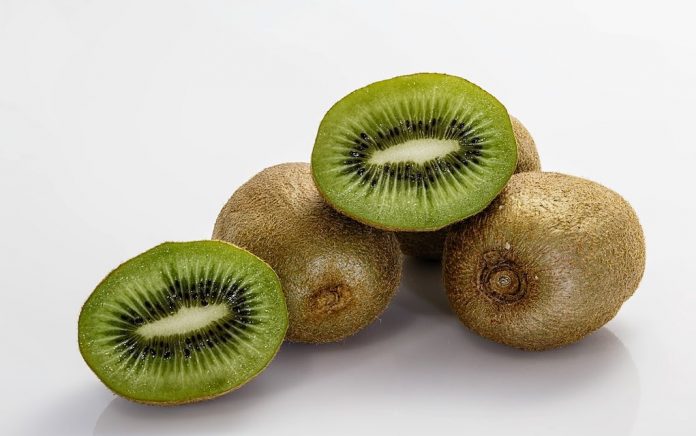
Kiwifruit isn't just a fruit, it's one of nature's most perfect foods.
Kiwifruit has a history every bit as unusual as its appearance. Discovered in ancient China, the berry (which grows on vines like grapes) was known as Chinese gooseberry by the mid-1800s. The kiwi arrived in California in the early 1960s and was nicknamed "kiwifruit" because it was imported from New Zealand. Today, fewer than 300 family farms produce more than 98 percent of all the kiwifruit grown in the U.S. You can view a video about kiwifruit, how it's grown and how to select, ripen and eat it at www.kiwifruit.org.
Nutritionally, kiwifruit packs a powerful wallop. Low in calories and naturally fat-free, kiwifruit offers:
* Two and a half times the recommended daily allowance of immune system booster vitamin C.
* More fiber (in two kiwis) than a bowl of bran cereal.
Read how to get more fiber in your diet.
* More potassium than a banana.
* Nearly 10 percent of the recommended daily allowance of folate, a nutrient vital to fetal development and maternal health before, during and after pregnancy.
* Vitamin E, a powerful antioxidant that is found in just a handful of fat-free sources like kiwifruit.
The California Kiwifruit Commission offers a few helpful hints for enjoying kiwi:
* Kiwifruit should be smooth-skinned (but slightly prickly), without wrinkles, bruises or blemishes.
* Like many fruits and vegetables sold in supermarkets, kiwifruit come in varying stages of ripeness. When you plan to eat your kiwifruit will determine what degree of ripeness you choose. If you'll be eating your kiwifruit after three or more days, choose fruit that is firm to the touch. If you plan to eat them in just a day or two, select softer fruit. If you want to eat your kiwifruit right away, choose ones that give easily when gently pressed.
* To eat your kiwifruit, practice "slooping." First, slice the kiwi in half lengthwise, and then scoop out the sweet flesh with a spoon – slooping. You can receive a free slooper from the California Kiwifruit Commission by visiting their website.
* Kiwifruit is great in a wide variety of recipes and dishes, from delectable summer smoothies and fresh salads to pies, puddings, and even cocktails.











